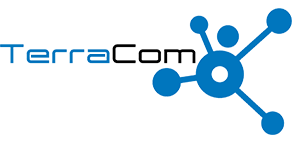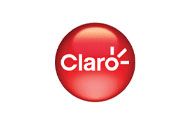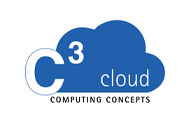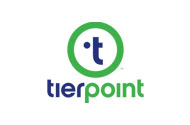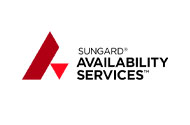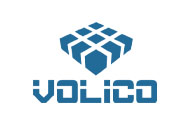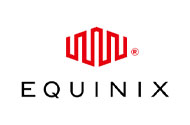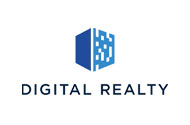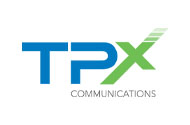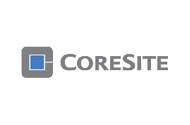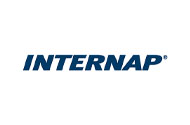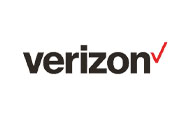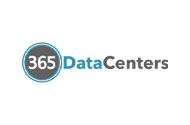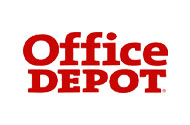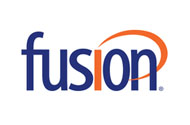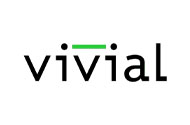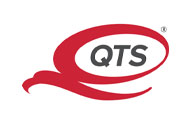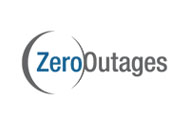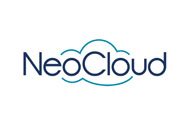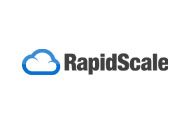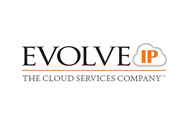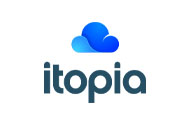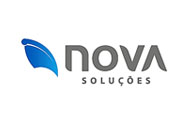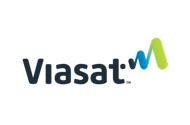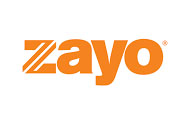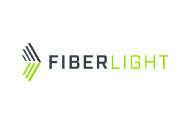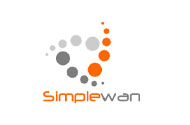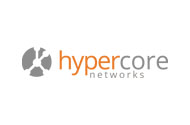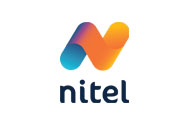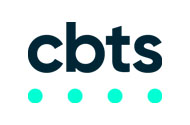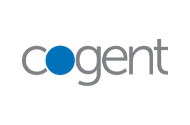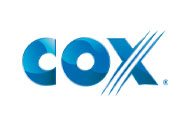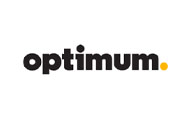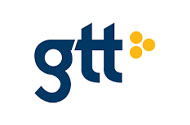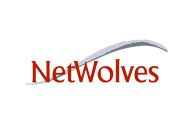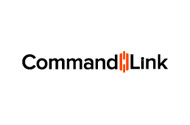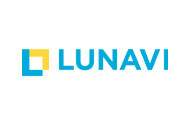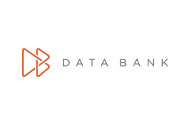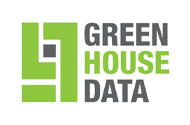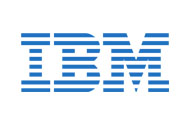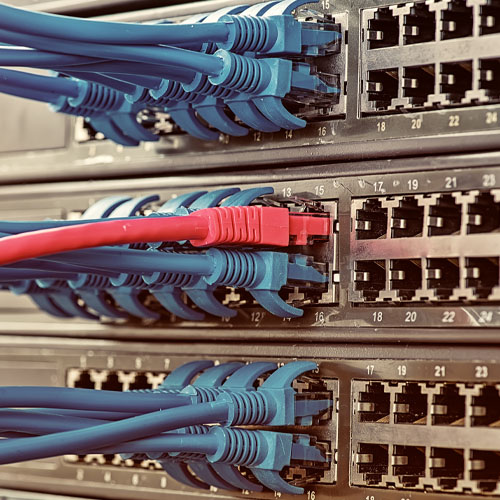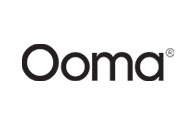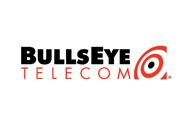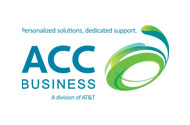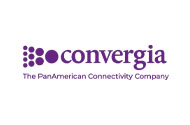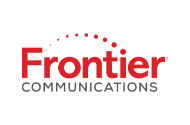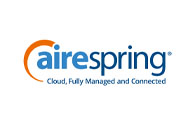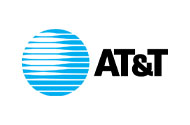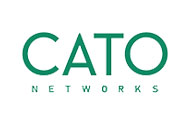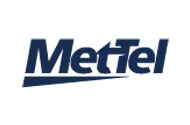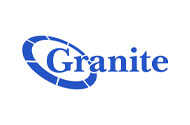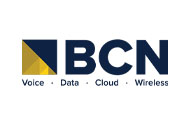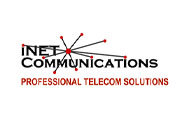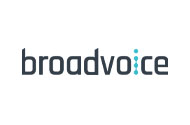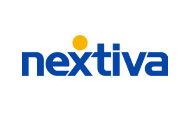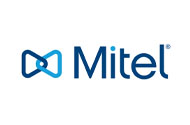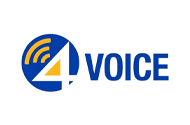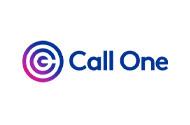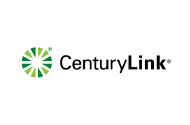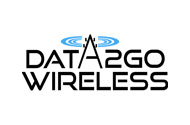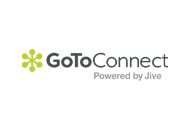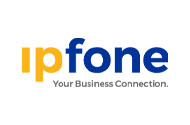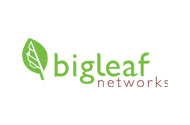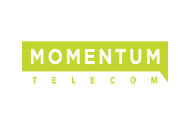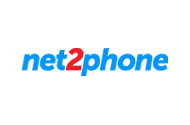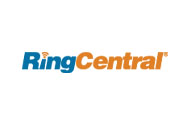Solutions
We’re a One-Stop Shop for Business Telecom & IT Solutions
Cloud Migration
Learn More About Cloud Migration
Co-Location
Learn More About Co-Locations
Co-location refers to the way IT equipment and resources are located or installed. This usually refers to the hardware resources owned by an organization, such as Web or database servers, which are located outside the vicinity of the organization’s premises and “co-located” with another organization’s hardware, usually an ISP or a service provider. This is usually done because the ISP might be the best candidate for maintaining the Web server hardware for the organization and it would be better to keep the hardware in a more suitable place since ISPs have specially built places for networking hardware. Our IT specialists at TerraCom are well versed in the various solutions offered by our providers to tailor a solution specific to your businesses unique needs. It’s our mission to ensure minimal downtime as you expand and upgrade.
Data & Internet
Learn More About Data & Internet
Disaster Recovery
Learn More About Disaster Recovery
What do you when your information technology stops working? An information technology disaster recovery plan (IT DRP) should be developed in conjunction with the business continuity plan.
Priorities and recovery time objectives for information technology should be developed during the business impact analysis. Technology recovery strategies should be developed to restore hardware, applications and data in time to meet the needs of the business recovery.
Businesses large and small create and manage large volumes of electronic information or data. Much of that data is important. Some data is vital to the survival and continued operation of the business. The impact of data loss or corruption from hardware failure, human error, hacking or malware could be significant.
A plan for data backup and restoration of electronic information is essential.
Marketing Support
Learn More About Marketing Support
Branding, services, promotions, products, pricing, prints, blogs, advertising, research and social media — all of this is marketing. With all the marketing options out there, it can be difficult for businesses to know what to do. Marketing is a concentrated effort to do push your brand across a variety of platforms and hope that enough makes it through to your customer. Customers need to hear your message several times, so brand, brand, brand!
Take a look at the top 5 tips for growing YOUR brand:
- Get organized. Getting an organized plan is the first step in any marketing effort.
- Get a website. In today’s technology-based world, the first thing a potential customer or employee does is Google your business.
- Leverage social media. Let’s face it, everyone is on social media these days, and the majority of traffic still occurs on Facebook.
- Create local awareness and establish a network.
- If you build it, they still may not come. You must get out there and tell people who you are, why your product or service is different from the competition and how to find you.
Network Redundancy
Learn More About Network Redundancy
It is a method for ensuring network availability in case of a network device or path failure and unavailability. As such, it provides a means of a network failover. Network redundancy is primarily implemented in enterprise network infrastructure to provide a redundant source of network communications. It serves as a backup mechanism for quickly swapping network operations onto redundant infrastructure in the event of unplanned network outages.
Typically, network redundancy is achieved through the addition of alternate network paths, which are implemented through redundant standby routers and switches. When the primary path is unavailable, the alternate path can be instantly deployed to ensure minimal downtime and continuity of the network.
Network Security
Never underestimate your companies need for security. From anti-malware to firewalls, we’ll make your secure.
Learn More About Network Security
Network security is the process of taking physical and software preventative measures to protect the underlying networking infrastructure from unauthorized access, misuse, malfunction, modification, destruction, or improper disclosure, thereby creating a secure platform for computers, users, and programs to perform their permitted critical functions within a secure environment.
SECURITY OPTIONS:
- Antivirus and Anti-malware Software
- Application Security
- Behavioral Analytics
- Data Loss Prevention (DLP)
- Email Security
- Firewalls
- Mobile Device Security
- Network Segmentation
- Security Information and Event Management (SIEM)
- Virtual Private Network (VPN)
- Web Security
- Wireless Security
- Endpoint Security
- Network Access Control (NAC)
Voice & VoIP
Learn More About VoIP
Caring about patient-protected health info? Feel safe with HIPAA compliant VoIP provider benefits (secure communication, control of access, encryption). In terms of features, landlines are no match against VoIP.
If you prefer having more control over your calling experience, VoIP telephones are your best bet. With VoIP, you can use your mobile phone, computer, or desk phone to make phone calls; the device only needs a stable Internet connection.
